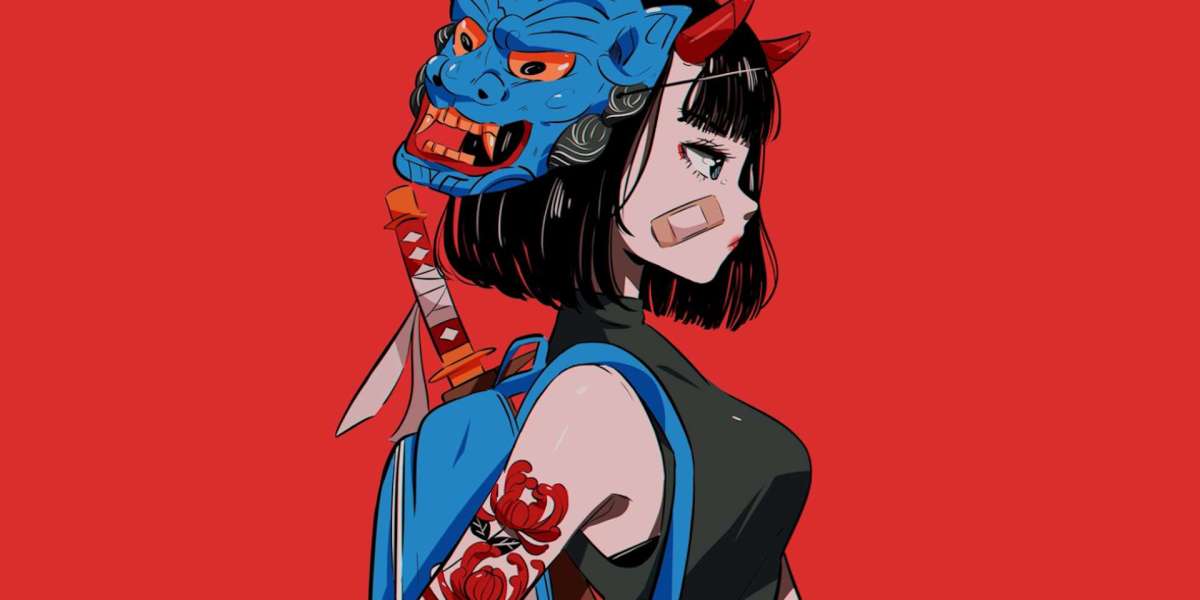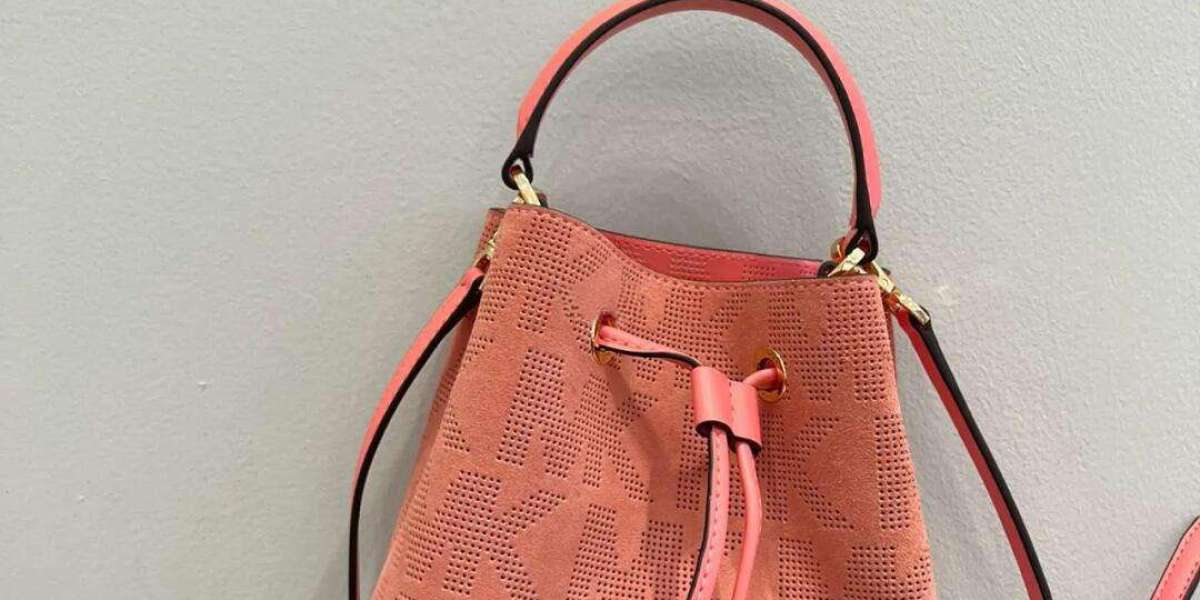Chinese art design is a broad term that encompasses the visual principles, aesthetics, and cultural elements used in various forms of traditional and modern Chinese artistic expression. From architectural motifs and decorative patterns to fashion, furniture, and graphic design, Chinese art design is deeply rooted in the country’s ancient philosophies, symbolic traditions, and appreciation for harmony and balance.
At the heart of Chinese art design is the concept of harmony with nature. Influenced by Taoist and Confucian philosophies, many designs aim to reflect balance, symmetry, and the natural order. Elements such as mountains, rivers, animals, plants, clouds, and celestial bodies are commonly integrated into design work. These elements are not merely decorative—they carry symbolic meanings. For example, the lotus flower represents purity and enlightenment, while the dragon symbolizes power and good fortune.
Chinese art design often features repetitive patterns and motifs, such as cloud swirls, wave patterns, meanders, and fretwork. These designs are not only visually appealing but also reflect deeper meanings, such as eternity, continuity, and prosperity. You will see such patterns in traditional Chinese textiles, ceramics, screens, architecture, and even on coins and jewelry.
Color also plays an essential role in Chinese design. Red is the most significant and auspicious color, representing happiness, celebration, and good luck. Gold is associated with wealth and power, while black and white are often used in contrast to express balance (as in the yin-yang symbol). Color combinations are thoughtfully chosen to reflect specific cultural values or occasions, such as weddings, festivals, or spiritual practices.
In the field of interior and architectural design, traditional Chinese art design can be seen in the layout of homes, temples, and gardens. The concept of Feng Shui, which deals with energy flow and spatial harmony, heavily influences architectural planning. Features like curved roofs, wooden lattice windows, and symmetrical courtyards are designed to promote peace and prosperity.
Typography and calligraphy are also central to Chinese design. The beauty of Chinese characters, with their intricate brushstrokes and expressive forms, makes them both functional and decorative. Designers often use calligraphic elements in branding, packaging, and digital art to convey cultural identity and elegance.
In modern Chinese design, artists and designers blend traditional elements with contemporary concepts. For example, a fashion designer might use ancient embroidery techniques on modern silhouettes, or a digital graphic designer might incorporate brushstroke effects and traditional patterns into web design or advertising. This fusion of old and new keeps Chinese design relevant in today’s global creative industries.
In conclusion, Chinese art design is more than just visual style—it’s a cultural expression deeply tied to the values, beliefs, and history of the Chinese people. Whether in ancient scroll paintings, decorative ceramics, architecture, or contemporary product design, Chinese art design continues to inspire with its grace, symbolism, and timeless beauty. Understanding it allows us to better appreciate one of the world’s richest artistic traditions.








